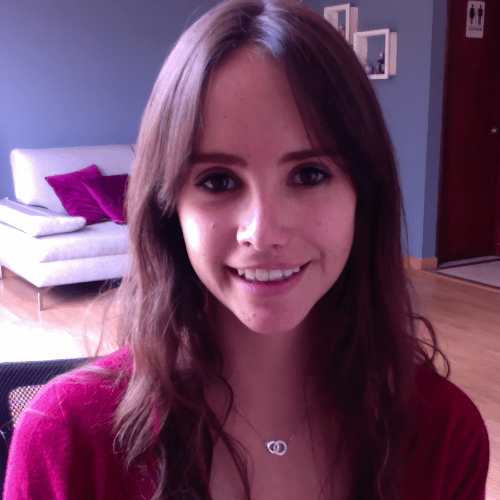Blog
Emotion economy
 María Lucía Villegas
María Lucía Villegas
María Lucía Villegas
Strategy ConsultantI have never felt macro-consumer trends as strongly as I’m doing with post-pandemic trends. I am the walking cliché of trends right now: I’m adapting to plant-based foods, I haven’t bought anything from a fast fashion brand in years, I’m an active user of alternative financial solutions, I support local and re-commerces, I work on self-care and are mental health- first consumer and the list can go on.
But those are only a few trends that affect consciously how I behave and therefore, make purchasing decisions. Other factors affect these decisions, pretty important one is how brands and corporations trigger my emotions, and right now, I feel as brands we don’t know the full potential of having this in mind when creating or improving something.
And now is the time someone asks, what about human-centered design? Isn’t it the point of the whole concept? Well yes, but it has yet to be exploited to its fullest potential, and let me make my case: we’ve learned the methodologies and structure of how to implement this strategy, it’s the solutions that we come up with that are lacking something I cannot quite yet put my words onto.
For example, when we’re making a customer journey map, we evaluate those negative and positive emotions customers are feeling in certain parts of the buying process. When we identify a negative emotion, which can be sadness, frustration, or rage, we ideate a solution that we assume will “cure” that emotion. But you can’t treat sadness the same way as rage. If someone is sad maybe they need to be comforted, if someone is raging they might need to rant.
I thought about this because I was reading an article about how resignation rates have gone highly up since 2020, and what managers are doing to mitigate the problem is increasing their employees’ salaries, but research shows that most employees aren’t even looking for a raise, they want to fulfill other areas like feeling they are making an impact or a work-life alignment, rather than balance.
Emotions are driving how the world works right now, and I think the interpretation of how it affects consumers is also changing, as a consequence, solutions should also transform. This said, the management of those emotions can be also predicted and encouraged, that way, we can guarantee a more specific solution for each emotion. I don’t know if this will solve all your problems, but it’s surely where the world is moving, and we have to move with everything else.
Written by María Lucía Villegas
 María Lucía Villegas
María Lucía Villegas
Lu provides expert guidance in shaping business strategies and achieving growth. Her analytical skills and industry insights help clients navigate challenges and capitalize on opportunities.
Scale your company with the same people
Practical ideas to do more and get back your time every week
We respect your inbox. Privacy policy
